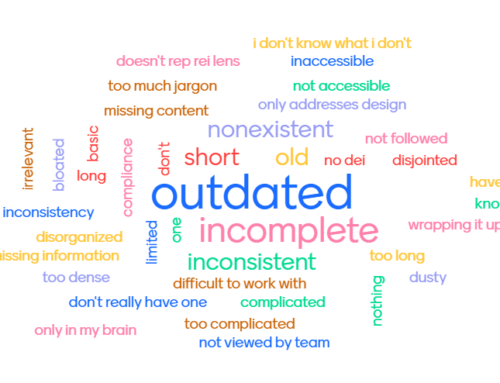Nonprofits have great stories to tell — and telling them well is what brings in more support, whether it be cash, volunteers, new partners or political help. But writing up all of those stories and formatting them for publication can be time-consuming. To save yourself some time while still gaining all the benefits of good storytelling, follow these tips for recycling one great story for many different purposes.
1) Get All of the Story Details Down in Writing
Let’s use a personal profile/case study as an example. Say you invest a few hours of time in interviewing a client of your organization’s services, as well as the staff and/or volunteers who provided those services, about their experiences, the challenges they faced, what they did about them, and the results their work produced. Type up your notes, including all of the details, direct quotes, etc.
2) Write the First Article to Meet Your Most Pressing Deadline
Now, from those notes, draft your first article for whatever venue needs it first. Is your newsletter deadline coming up? Do you have a big grant application or foundation report due? Are you working on your annual report? Pick the first place you’ll use the story and write the article for that publication.
3) Decide Where to Recycle the Story
Now review all of the different places that this story could also be used and pick a handful to work on. Here is a partial list of places you could recycle your story.
* Your website
* Your print newsletter
* Your email newsletter
* Grant applications
* Grant reports
* Board reports
* Press releases
* Press kits
* Brochures
* Direct fundraising appeal letters
* Advocacy appeal letters
* Annual report
4) Make a Few Changes So the Story Appears Fresh
Take the first version of the story that you wrote, review your original notes, and edit the story to fit the new uses you picked in Step #3. Use one or more of these techniques to freshen up that same story for each new place you plan to use it.
Change the angle. If you emphasized one particular part of the story, emphasize a new one now. If you told the story from the client’s perspective, tell it from the volunteer’s perspective this time.
Change the person. If you wrote the story in third person (“He did this . . .”), change the story to a first-person account (“I did this . . .”). You’ll need to ensure that the person telling the story approves the new version told from his point of view.
Make it shorter. Cut out some of the extra details and focus in on just one key point or message.
Make it longer. Add in some additional material from your original notes.
Rewrite the lead paragraph. Start the story in a different way.
Turn it into a how-to. What did your organization or the participants in the story learn? Turn those lessons into a how-to article for others.
Make the most of your best stories by recycling them and you’ll get more marketing material with less effort.






